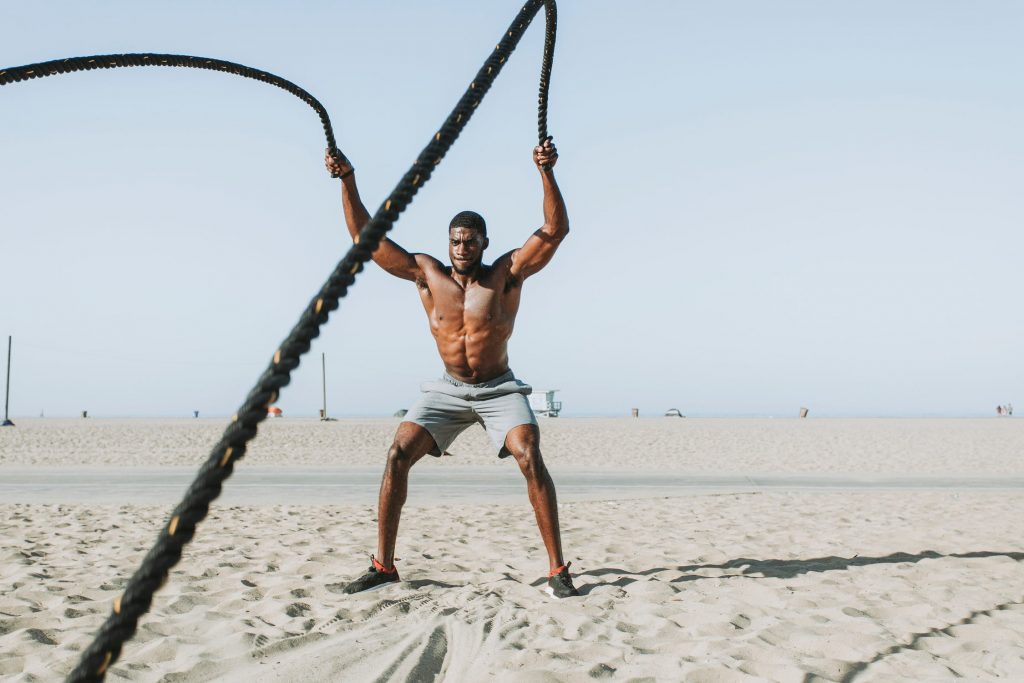Foam rolling is a technique used by professional athletes and physical therapists to facilitate faster recovery from intense workouts and training regimens. Also known as self-myofascial release, it’s essentially a form of self-massage that can release muscle tightness and ease muscle soreness, if and when done properly and regularly. Many commercial gyms even have foam rolling equipment for their clients; ask the staff at CKO Kickboxing about it and you may just be surprised.
Determining Muscle Tightness
Foam rolling works by releasing the muscle tightness or tension in certain areas of the body and, thus, allowing the muscles to their normal function. Take note that normal function means the muscles are healthy, elastic and strong, as well as ready and able to perform their functions when needed.
Muscle tightness can be determined by looking for trigger points, the specific knots that have formed in the muscles due to workout-induced stress. These are unique in that these can be quickly identified through pain referral, the pain experienced when pressure is applied to one area of the body but the pain radiates to another area.
For example, while you’re foam rolling your iliotibial band, you may feel discomfort or pain either radiating up your hip or down to your ankle. The iliotibial band is the thick band of fibers running from the outside of the hips to the outside of the thigh and knee and then down to the shinbone. You will likely feel that the pain is tolerable but it becomes better after foam rolling.
Releasing Trigger Points
Foam rolling works via the principles of deep compression. There are several ways that deep compression works including:
- Aiding in relaxing or breaking up the tight muscles, as well as the adhesions that have formed between the layers of muscle and their surroundings.
- Allows normal blood flow to return to the body that, in turn, aids in the restoration of healthy tissues and muscles.
The release of trigger points also aids in reestablishing proper patterns of movement and in returning pain-free movement that, in turn, will enhance physical performance. While stretching exercises can provide relief from the trigger points, it isn’t sufficient and, thus, foam rolling is considered a must for fitness enthusiasts who may have pushed their body just a bit too hard or too long.
Keep in mind that foam rolling can hurt, perhaps even slightly worsen your pain in the trigger points. But it’s temporary pain that will soon resolve itself with proper foam rolling so stick with it.
